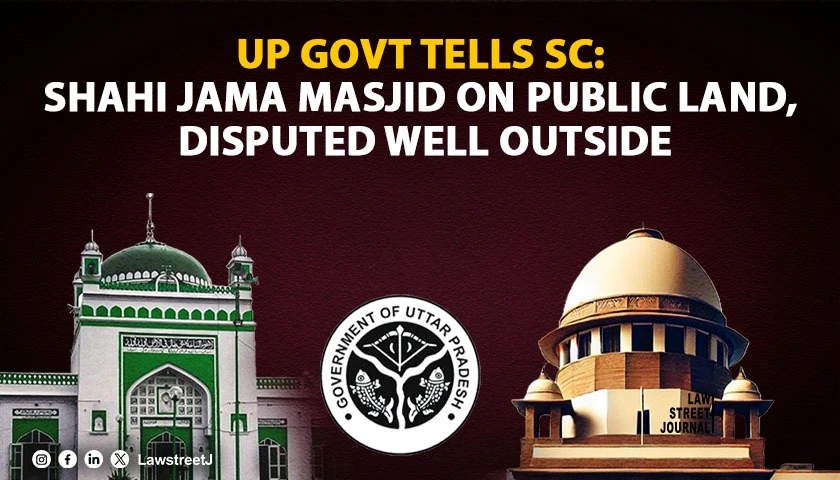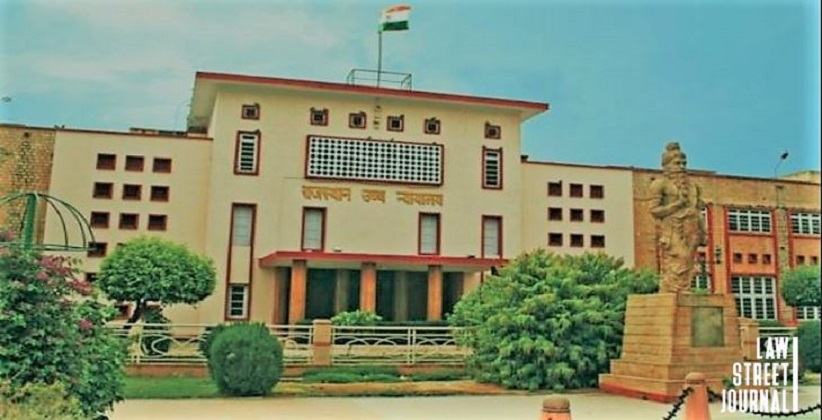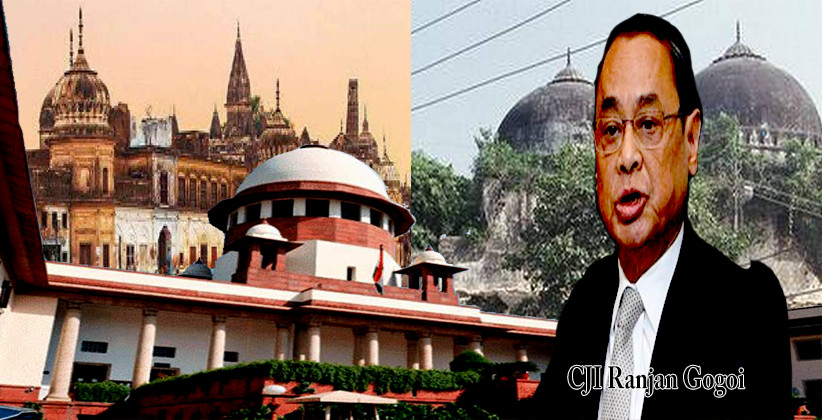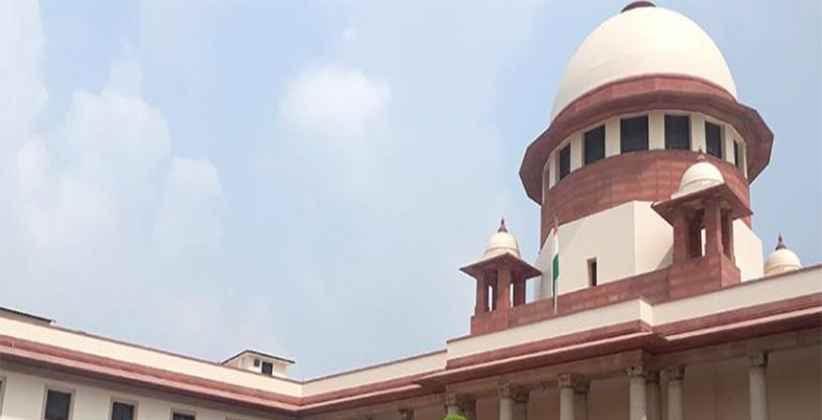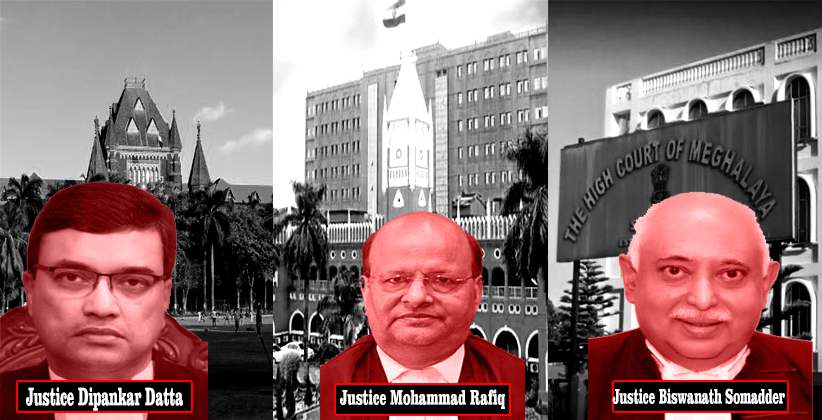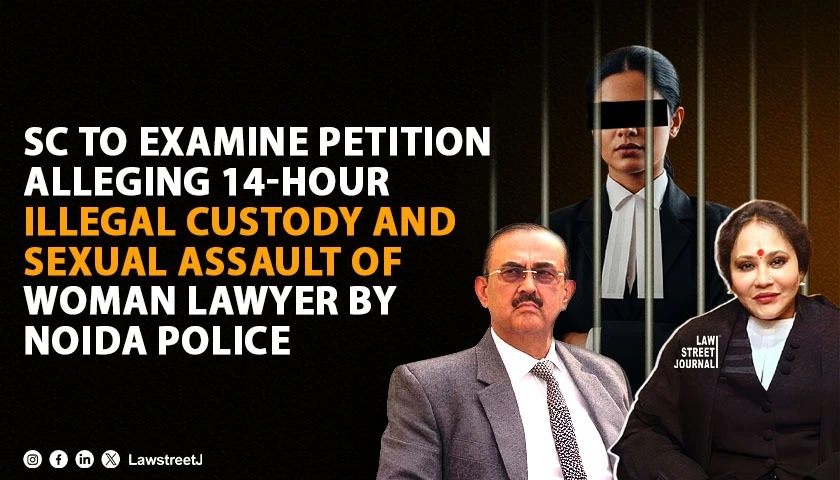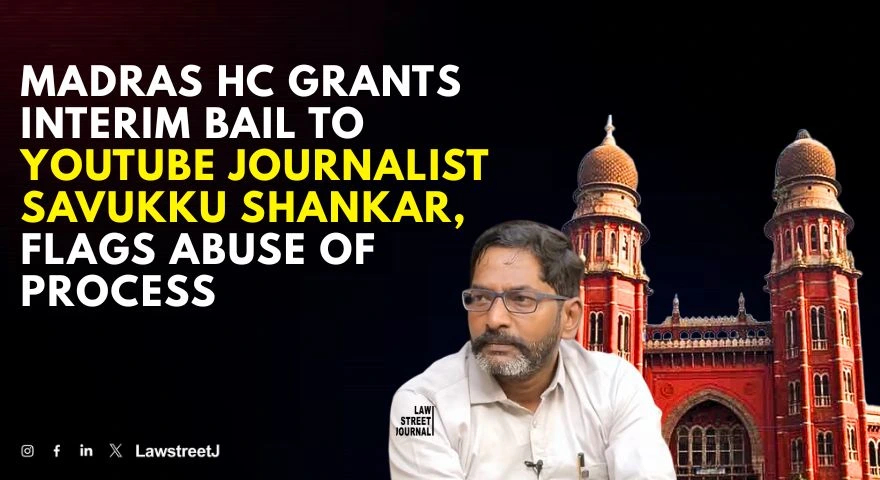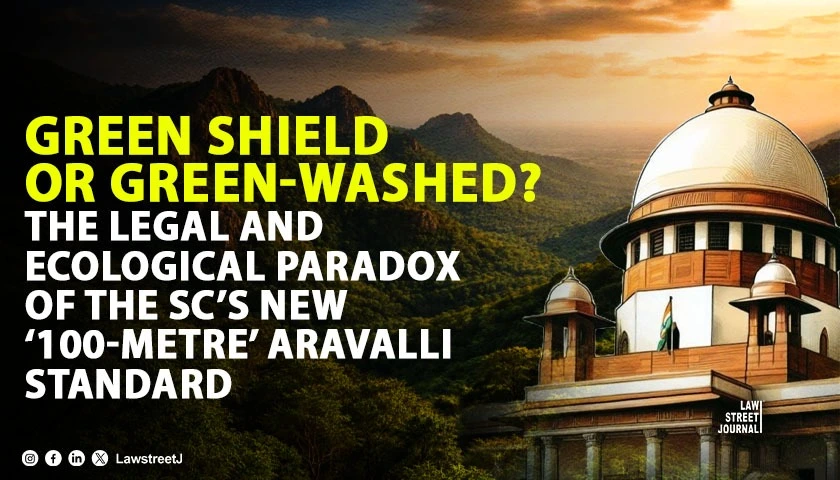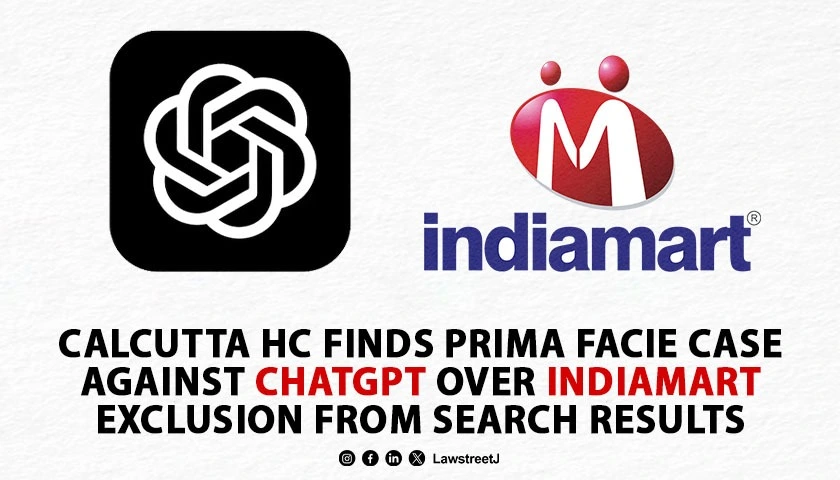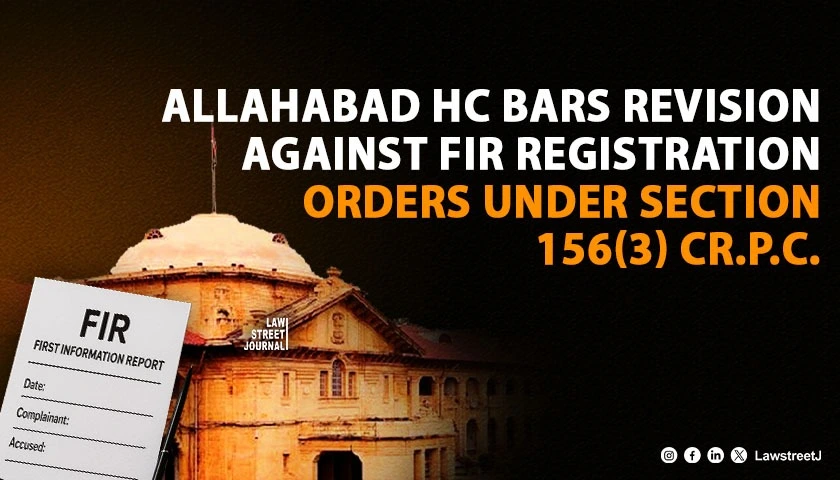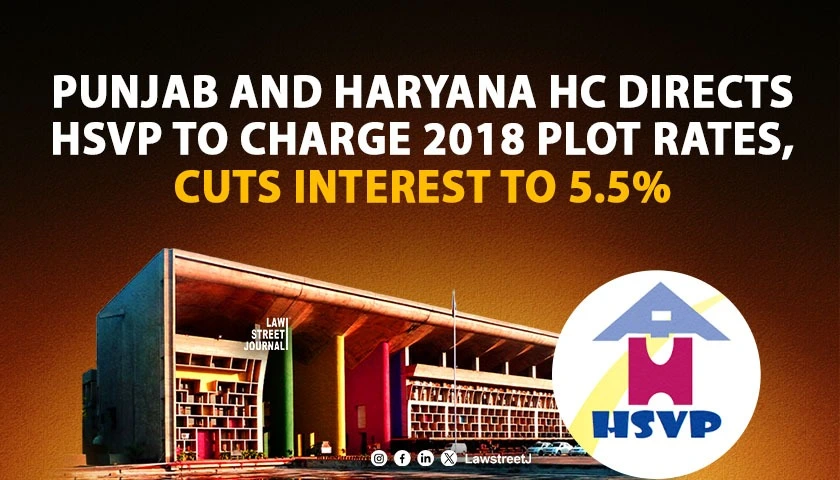NEW DELHI: The Uttar Pradesh government asserted before the Supreme Court that the well, which was claimed to be located near the entrance of the Shahi Jama Masjid at Sambhal, is situated on a public land and not inside the mosque.
UP Govt Clarifies: Disputed Well Near Shahi Jama Masjid Not Inside Mosque
The well has got no connection with the mosque, and even the disputed religious site (the mosque) is itself situated on public land, the state government said claimed.
The petitioners, Committee of Management, Shahi Jama Masjid, Sambhal are attempting to create private rights in respect of public property.
Supreme Court Hearing: UP Govt Refutes Private Rights Over Public Land in Sambhal
The apex court on January 10, 2025 asked the Sambhal municipal authorities not to give effect to its public notice issued through posters describing a well around Shahi Jama Masjid as 'Sri Hari Mandir' available for puja and bathing by Hindus.
In its status report, the Uttar Pradesh government said that the well is situated on public land and it is locally known as "Dharani varah koop" ("subject well").
"The said subject well is situated near and not inside the disputed religious site, and as such, has no relation/connection with the mosque/ disputed religious site. Even the disputed religious site is itself situated on public land," it said.
The Uttar Pradesh government made it clear that the well is a public well and is not situated anywhere inside the mosque/disputed religious site, and added, "in fact, there is no access to the subject well from inside the mosque".
The state government said after the apex court's order, the district administration had formed a three-member committee comprising the SDM Sambhal, area officer, Sambhal and the executive officer, Municipal Council, Sambhal, to examine the status of the well in question.
"Upon examining the records, it was discovered that the petitioner has failed to disclose that there is in fact a well within the boundary walls of the mosque/disputed religious site locally known as 'Yagna koop'. It is submitted that there has been no interference with the said 'Yagna koop'. The three-member committee in its spot inspection found that the subject well is situated outside the mosque boundary wall," the state government said.
It also alleged, the mosque committee has annexed misleading photographs attempting to show that the subject well is located inside its premises.
The state government also submitted true copies of the photographs depicting the side views of the subject well which clearly demonstrate it is outside the mosque.
It said the mosque committee’s application is misconceived and makes factual misrepresentations before the apex court, and the petitioners are attempting to create private rights in respect of public property.
The state government said that it was also found during the inspection that this well was in use since time immemorial by persons of all communities.
"However, now it has no water and it was further found that after the communal riots of 1978, a police chowki was built on top of one part of the well. The other part continued to be in use even post 1978. It was further found that sometime in 2012, the subject well was covered and at present there is no water in the well," the state government said.
Also Read: Demolition in Sambhal: SC declines to consider plea for contempt action against authorities
The state government said the district administration has been involved in an ongoing plan to revive the culturally significant sites in Sambhal district which involves the conservation and restoration of 19 historically significant wells. The subject well forms one of the 19 wells.
"A proposal has been submitted for the conservation/restoration of 14 of such wells, estimating an expenditure of Rs. 123.65 lakhs," it said.
"In fact, the process of restoration has begun and a report dated February 2, 2025, by the Municipal Council, Sambhal, notes that the 19 wells sought to be restored in Sambhal city are associated inter alia, with rainwater harvesting, water recharge and socio-cultural-religious beliefs," it said.
The state government said in the initial phase of the revival plan, the municipality has gotten all the wells in the city area, which were closed or filled with mud and garbage, cleaned completely, with netting installed for safety. "Signage boards with the historical names and historical significance of the wells are being installed. The next steps would include the creation of a Parikrama path, drinking water facilities, installation of Boards depicting the historical and cultural significance of the wells," it said.
The state government said at present Sambhal district is in the dark zone in terms of ground-water levels, and therefore, the renovation of wells for ground-water recharge is urgently needed, and the Sambhal Well Revival plan is one step to ensuring such a goal.
"The said revival of these ancient wells would also attract tourism to Sambhal as a culturally and historically significant region. Thus, the Petitioner’s attempt to thwart the said revival process is not only illegal but also detrimental to the ecological preservation and development of the region," the state government said.
The state government emphasised that it is committed to ensuring peace and harmony in the region, as undertaken during the hearing on January 10.

